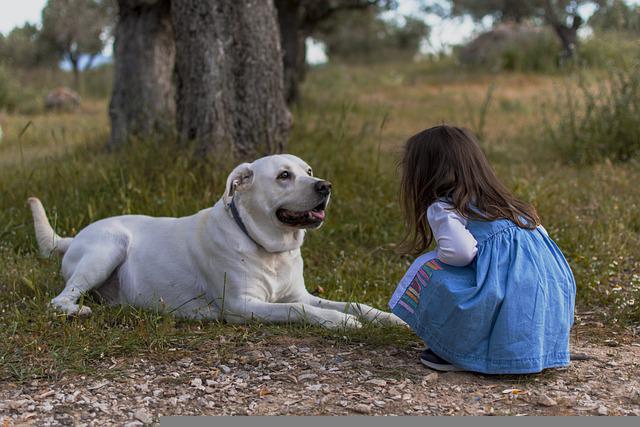Does your dog limp on a back leg or have difficulty getting up? The problem most likely arises from the hip joint. Your dog’s hip joint plays a crucial role in mobility. It allows it to get the necessary exercise to stay happy and healthy.
Hip problems in dogs can be successfully treated and managed well to ensure a long, good quality of life for our furry friends. When a dog starts to exhibit trouble with its hip joint, it dramatically affects its quality of life. Therefore, pet parents must understand some of the conditions that affect the hip joint in dogs.
Here is all you need to know about what causes hip problems in dogs and how you can prevent them.
5 Common Hip Problems in Dogs
Below are some of the most common hip problems in dogs:
- Hip Dislocation
Hip dislocation in dogs is commonly caused by trauma or severe hip dysplasia. It occurs when the femoral head is separated from the pelvic acetabulum. Hip dislocations due to hip dysplasia require surgery, while dogs with hip dislocation due to trauma, such as being hit by a car, can be treated.
- Osteochondrosis
Osteochondrosis is a common condition that causes abnormal cartilage growth. The surface of the cartilage fails to convert into bone; therefore, it becomes loose and forms a flap that hinders movement. It normally occurs in rapidly growing dogs such as the Great Danes, Rottweilers, and Labradors.
- Legg Calve Perthes Disease
Legg Calve Perthes condition often strikes when dogs are just a few months old. It causes sudden degeneration of the head of the femur leading to mobility problems. It occurs when the ball at the top of the femur loses its blood supply, breaking down inside the hip joint. Treatment is by surgical removal of the affected bone.
- Osteoarthritis
Osteoarthritis is a common form of arthritis in pets that causes hip pain and limping. It’s a degenerative joint disorder that results in inflammation and the loss of articular cartilage in the joint. Osteoarthritis is one of the most painful conditions estimated to affect most dog breeds throughout their lifetime.
- Hip Dysplasia
Hip dysplasia occurs when the ball and the socket in a dog’s hip joint do not fit or develop properly. As a result, they rub and grind rather than slide smoothly. Over time, deterioration occurs in the hip joint leading to an eventual loss of function. Hip dysplasia is very common in large breeds of dogs though it can also occur in smaller breeds.
What Causes Hip Problems in Dogs
Several factors lead to hip problems in dogs, starting with genetics. Some conditions, like hip dysplasia, are hereditary. Larger dog breeds, such as the German Shepherd, Labrador Retriever, and Great Dane, are more susceptible to hip dysplasia than smaller breeds. Below are some of the factors that magnify this genetic predisposition:
- Poor diet
- Improper weight
- Excessive growth rate
- Types of exercise
Symptoms of Hip Problems in Dogs
Your dog may exhibit some or all of the following signs:
- Loss of thigh muscle mass
- Your dog becomes less active
- Reluctance or difficulty in running or jumping
- Stiffness or limited mobility
- Reduced range of motion
How to Prevent Hip Problems in Dogs
Not all cases of hip problems in dogs are preventable. Nevertheless, there are some practices you can employ to reduce the risk of your dog developing these conditions. It would help if you started keeping your dog’s skeletal muscles when it’s a puppy. Give your puppy a head start on healthy bone and joint development by feeding it an appropriate diet.
Provide your dog with quality exercise as it grows to prevent any potential hip problems. Adopt or purchase dogs from a responsible breeder who undertakes the appropriate health screenings for hip problems and many other conditions.
You should take your dog for early surgery if you adopt a puppy with hip dysplasia; this may help prevent arthritis in the future and also the pain that your pet may go through down the road.


